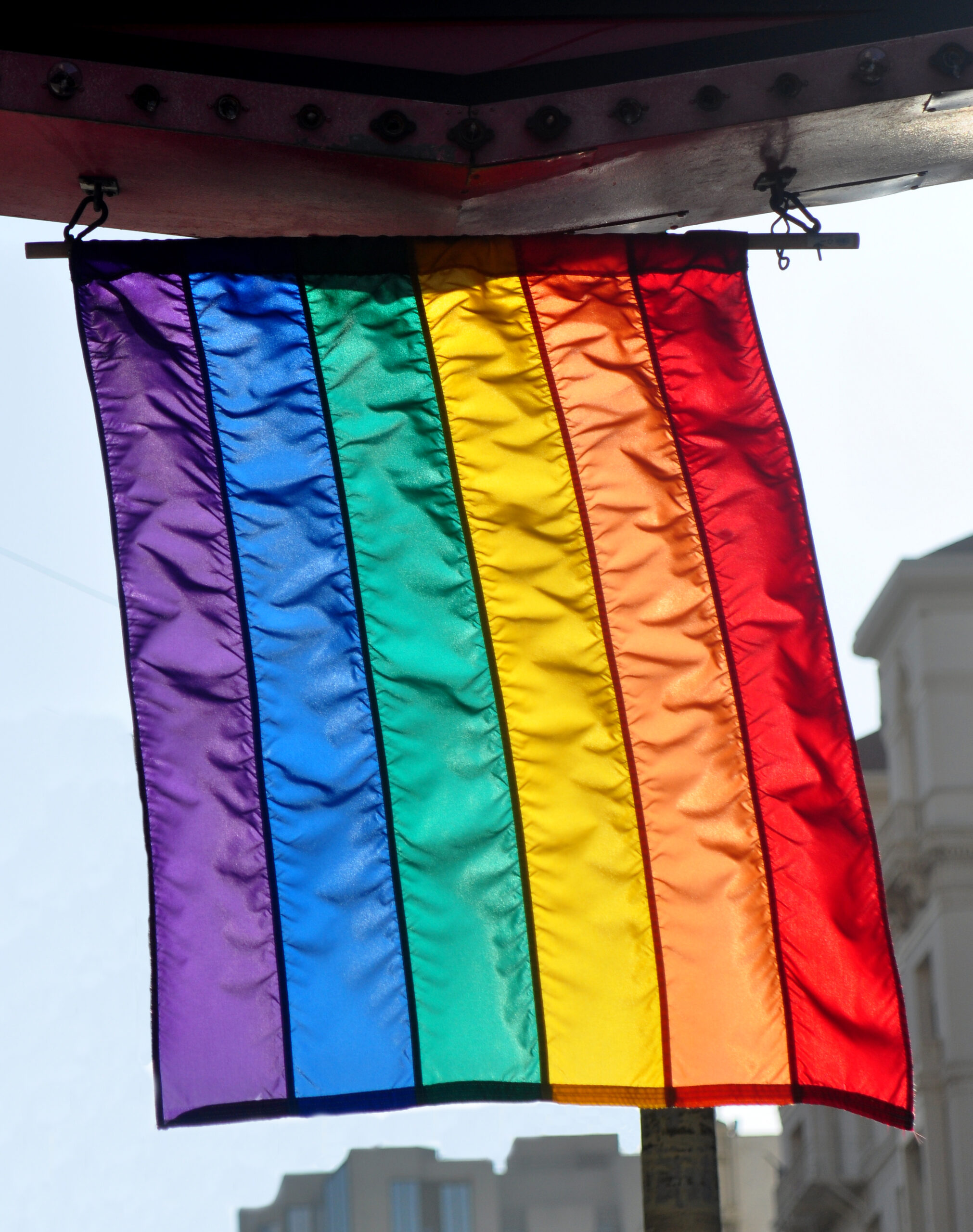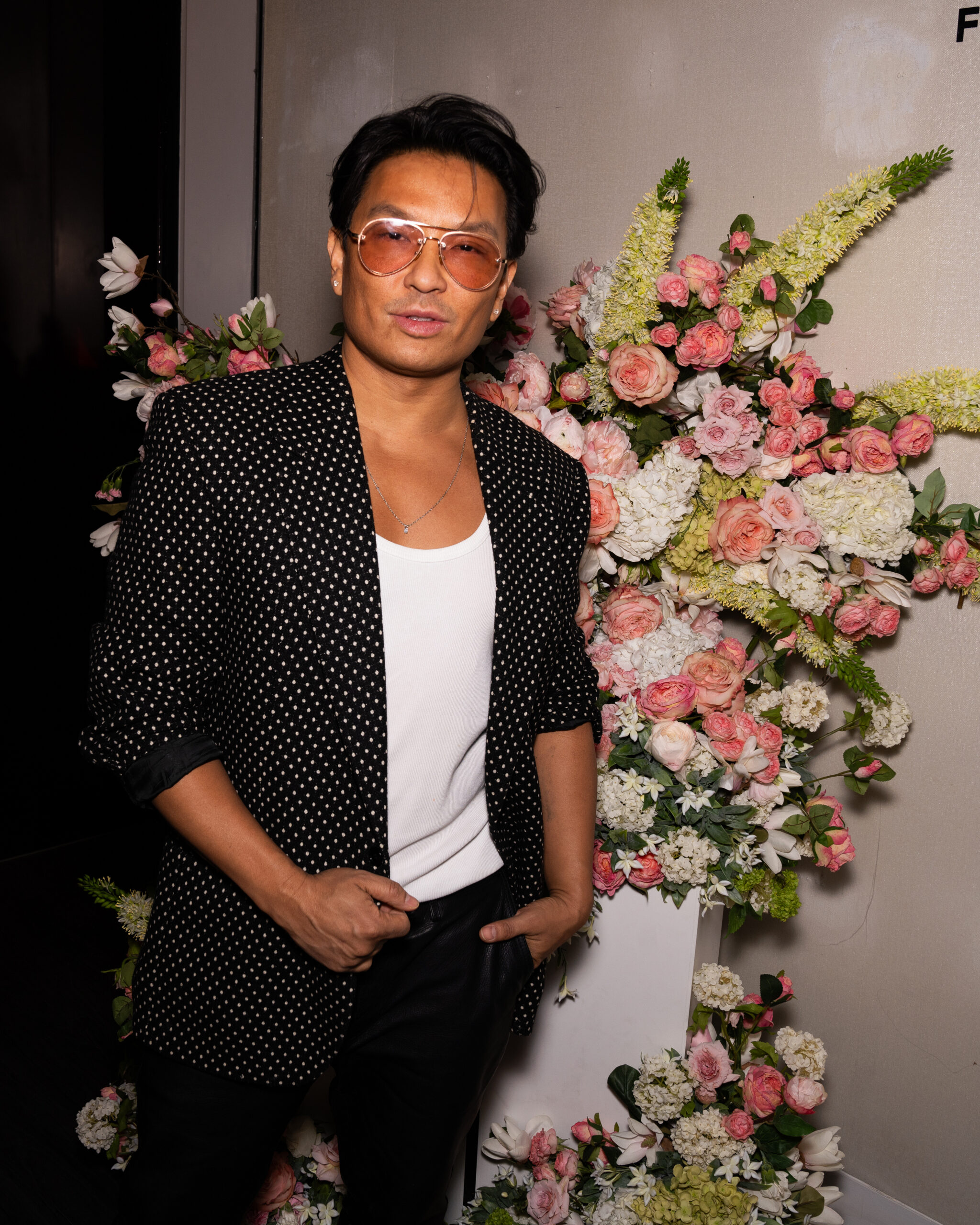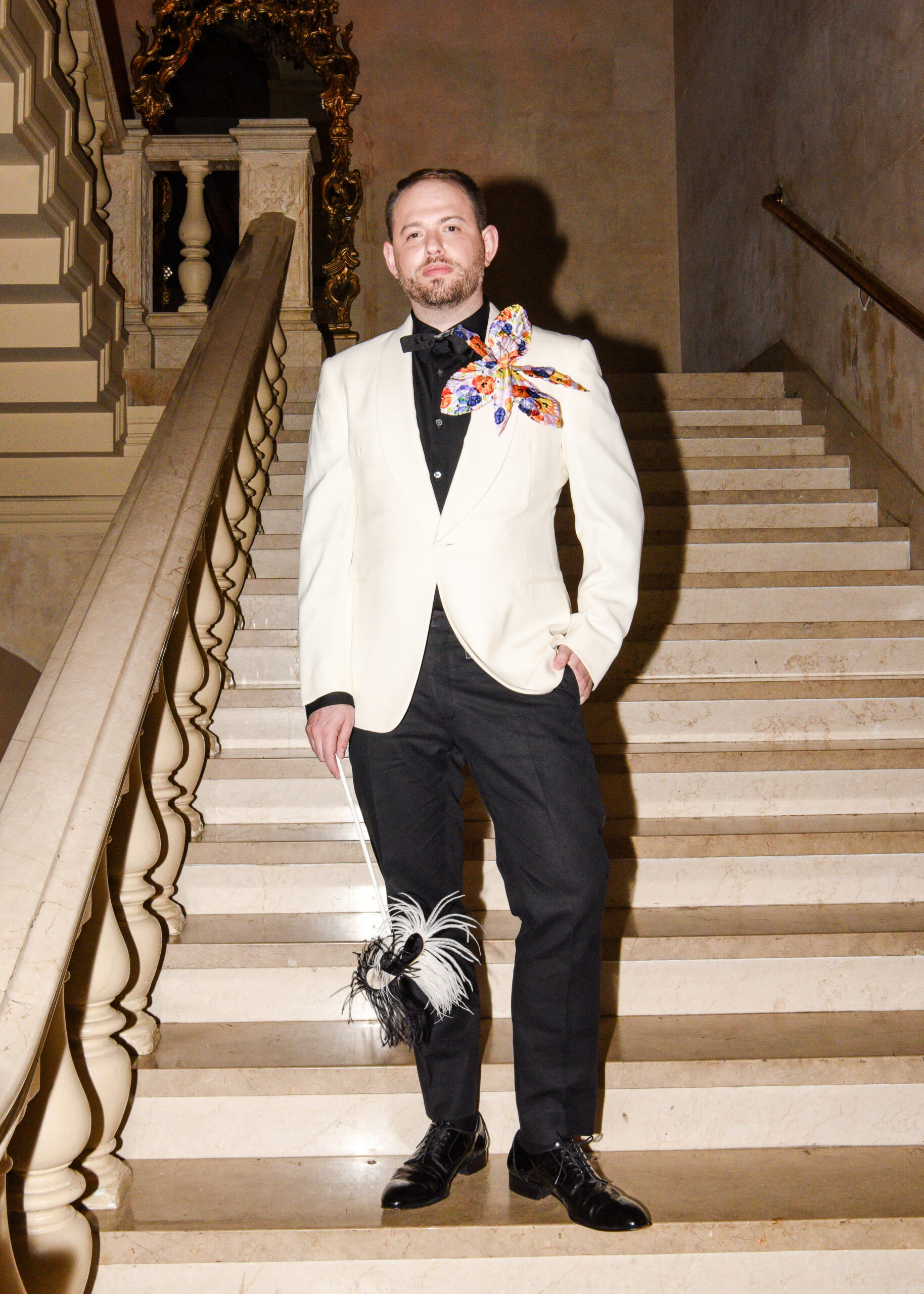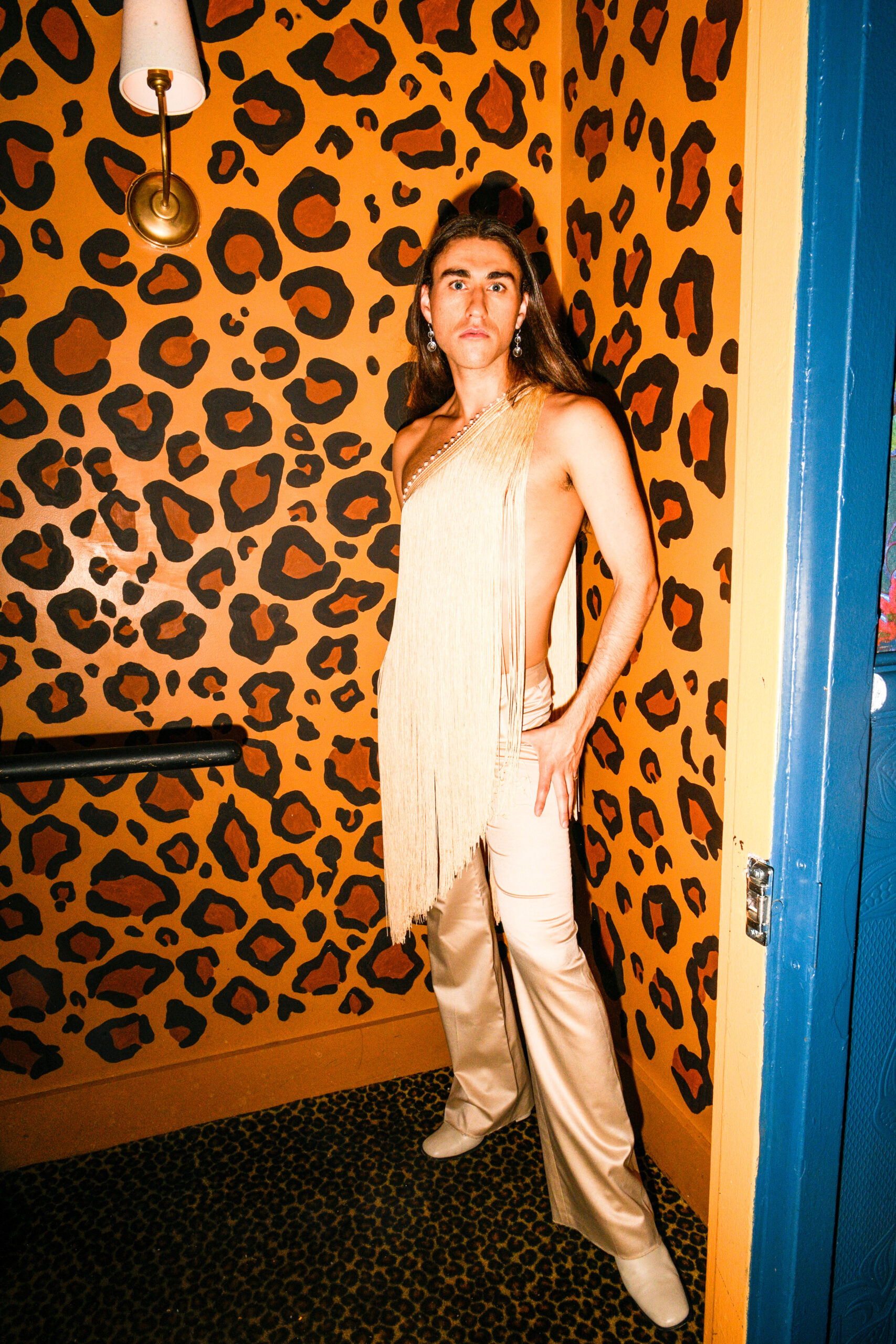When have you felt silenced, and how has queerness helped you live louder since? What would you say to your younger self now?
I have been silenced more by absence than by command. Not always with words, but with averted eyes. With invitations that never arrived. With conversations that tiptoed around me as if my softness might stain the room. The silencing didn’t just come from the world outside, the rigid, heteronormative systems that saw my queerness as too loud, my brownness as too foreign. It came from within the community too. From spaces carved out for pride, but not for all of us. In rooms of predominantly white, cisgender gay men where desire looked one way, where masculinity was currency, I was told I was too femme, too ethnic, too much.
But you see, queerness gave me a second voice. One that didn’t wait for permission. One that said: You are not their idea of beautiful. You are your own definition of divine.
If I could go back to that boy, the one who danced in secret, who colored outside the lines, who prayed to be less noticeable, I would kneel beside him and say: “Baby, there is nothing louder than truth. Nothing more dazzling than authenticity. And one day, the very things they tried to quiet, your voice, your skin, your flame, will become the light they cannot ignore.”
How does owning your queer identity in fashion feel like building legacy, not just following a trend? And how do you uplift and encourage fellow and emerging designers to lean into their light, power, and resistance?
I do not wear my queerness like a costume. I wear it like a crown, passed down in whispers from the ones who didn’t make it through. Queerness is not fashion. It is folklore. It is ballroom and bindi. Lipstick and lineage. Tenderness as rebellion. But in this industry, I have watched taste used as a weapon. I have seen critics mock what they do not understand, and gatekeepers dismiss anything that doesn’t fit within their narrow idea of beauty.
If it wasn’t burdened by their own colonial heritage, it was shadowed by the lens of it, a lens that worships minimalism but mocks maximalism, that elevates the “chic” but questions the “colorful,” that calls one thing timeless and another thing “too much.” Those microaggressions, the subtle digs, the polite exclusions, the curated invisibility, they are just as loud. And yet, we rise. We rise by designing the world in our own image. We rise by bringing softness into rooms built for steel. We rise by refusing to filter our work through their comfort.
To every emerging designer who has ever been told to edit who they are: You are not a trend. You are tradition and prophecy wrapped in silk and fire. Show up. Stand tall. Speak in sequins or silence, however your truth comes through. Because your very presence is legacy. And legacy doesn’t whisper. It roars.









